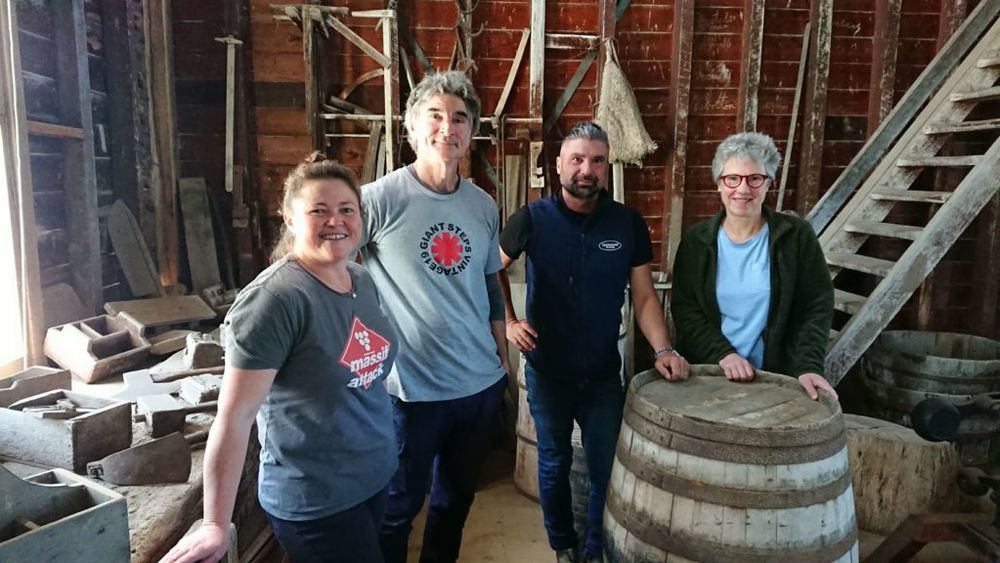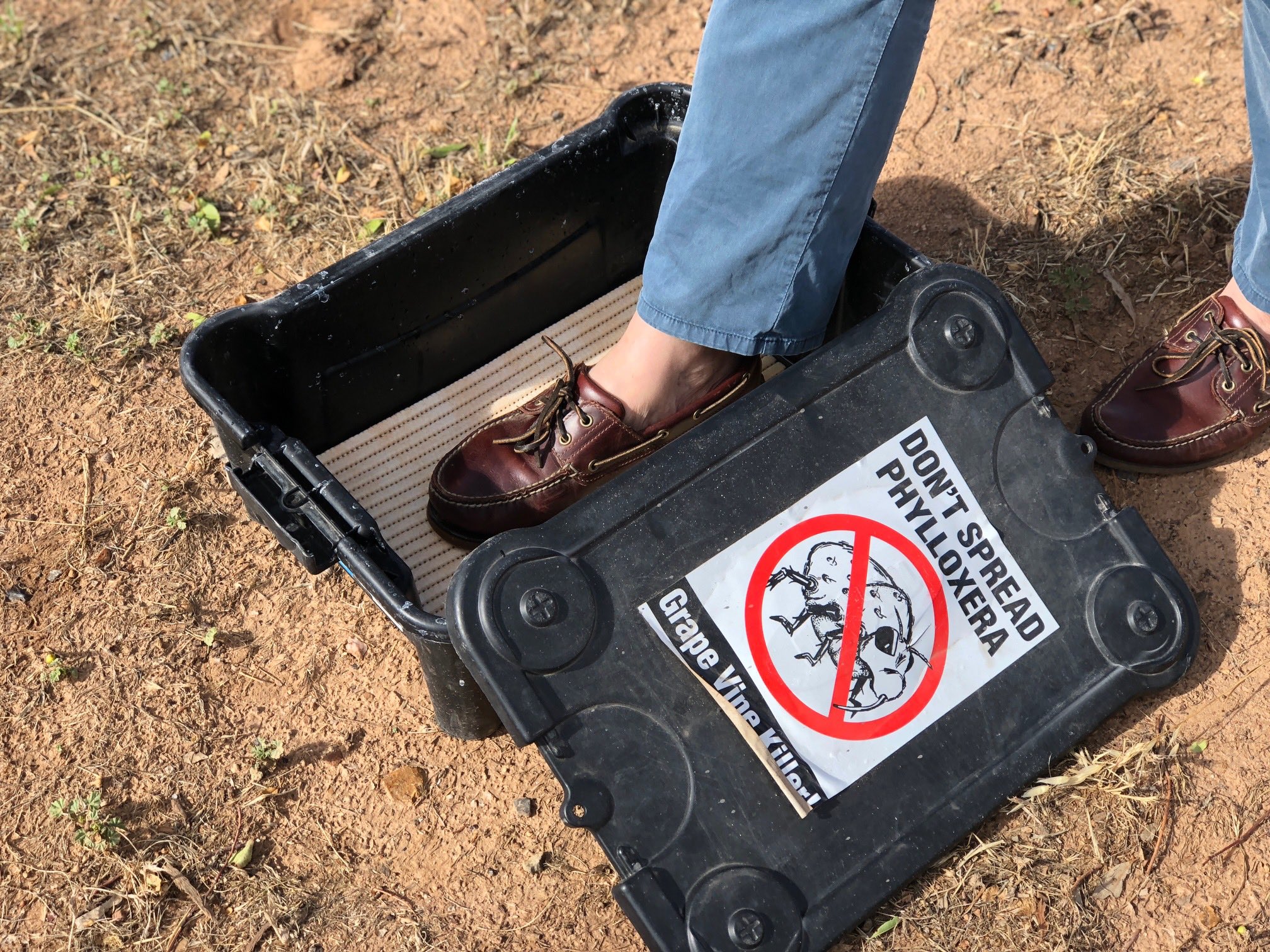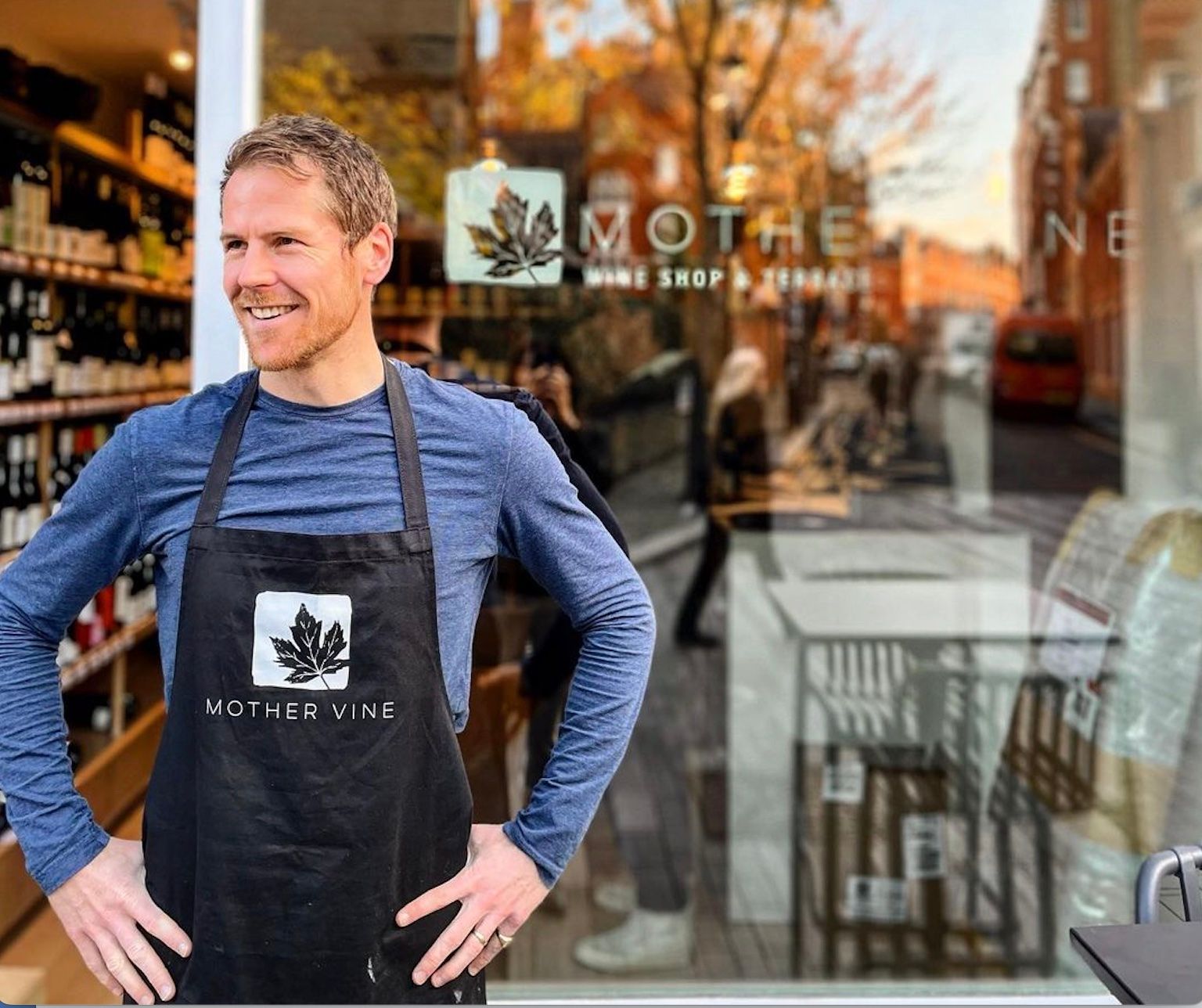Replanting vineyards with phylloxera-resistant rootstock is giving farmers the chance to reassess their varieties and techniques, especially in the light of climate change, discovers Peter Ranscombe.
Few countries take “biosecurity” as seriously as Australia: the video shown on aircraft landing at its airports might be light hearted – with actors shrugging their shoulders and feigning innocence when fish and plants are found in their suitcases, but anyone forced to dump their fruit or sarnies in bins when they pass through immigration has experienced the fight against bringing diseases into the nation.
The Yarra Valley, a winemaking region lying just an hour’s drive outside the expanding city limits of Melbourne in Victoria, is on the frontline in that battle. Phylloxera, the tiny louse that crippled Europe’s wine regions during the 1800s, arrived in the valley in 2006.

Being so close to Melbourne the Yarra Valley is one of the most visited by tourists – further risking the spread of phylloxera. Photo by Peter Ranscombe.
Vineyards affected by the bug have been grubbed up and replanted, while those so far untouched by its spread have instigated strict regimes for visitors, with chlorine footbaths to scrub dirty boots.
Outside the state, further measures are in place, with guests who spent time at vineyards within infected areas sending their clothes for cleaning before they can walk among the vines.
Ironically, the arrival of phylloxera in Europe heralded the first golden age for wines from the Yarra; as Old World production collapsed, the valley’s output rose to sate the thirst of new markets, before prohibition in the United States led to a downturn in the 1930s, which only ended with a revival in the 1960s.
Speaking to winemakers and grape farmers within the valley today, there feels like a sense of inevitability that the louse will conquer their vines.
With so many tourists visiting the area – and machinery and personnel moving between vineyards – many worry it’s only a matter of time before the bug spreads further afield.
A threat – and an opportunity
Yet the challenge of phylloxera also presents opportunities for farmers to tackle the effects of climate change.

Winemakers from Yarra Valley including left to right Sarah Crowe, Steve Flamsteed, Franco D’Anna and Sandra De Pury. Photograph by Peter Ranscombe
“It seemed like a tragedy when phylloxera came to the Yarra Valley in 2006, but most people now are looking at it as a real opportunity,” said Sandra De Pury, winemaker at Yeringberg.
Sarah Crowe, winemaker at Yarra Yering, explained: “A lot of us are replanting now on rootstocks because there is phylloxera in the Yarra Valley. That’s giving us the opportunity at Yarra Yering – which was all north-facing, north-south orientated rows – to replant east-west for some of the more sensitive varieties, like Chardonnay and Pinot.”
Hoddles Creek winemaker Franco D’Anna pointed out: “The climate has changed a hell of a lot; when I started at Hoddles, we were picking mid-April, now we’re picking during the third week in February. Even though our climate is warming, our wines are still improving, because we’re understanding our vineyards better. People are pulling up varieties that weren’t really suited to certain areas – when we first planted, it was like a fruit salad of varieties but now planting has become more site and variety specific.”
Steve Flamsteed, winemaker at Giant Steps, added: “Talk to the Kiwis about phylloxera and they’ll tell you it was the best bloody thing that ever happened to them because they got rid of all their Ortega and planted Pinot and started making money.”

How much of the Yarra Valley can be protected against phylloxera. Photo by Peter Ranscombe.
Five of Peter Ranscombe’s top Yarra Valley wineries to watch
Yeringberg
With its wooden winery dating back to the 1800s, Yeringberg is a cornerstone of the Yarra Valley scene and was one of the producers at the forefront of the 1960s revival. Winemaker Sandra De Pury is the fourth generation of her family to run the farm, with Woodwinters bringing its wines into the UK.
Giant Steps
Handled by Liberty Wines in the UK, Giant Steps not only produces mainstream Chardonnays and Pinot Noirs, but also intriguing Provence-esque rosé, clay-fermented Chardonnay and a “Light Dry Red” blend of Pinot Noir and Syrah. It’s also opened a temporary cellar door in Healesville while it redevelops its own premises.
Nestled on a volcanic plug, architect John Denton bought the site for his Denton vineyard in 1996 and wants to be the Yarra Valley’s first certified organic producer. Talented winemaker Luke Lambert produces Pinot and Nebbiolo under the main brand, along with Pinot and Chardonnay under Denton’s secondary Shed label. Not yet imported to the UK.
Imported by Carson Carnevale Wines and Yorkshire Vintners, Pun Road champions affordable midweek Yarra Valley wines under its eponymous and Airlie Bank labels. Its Napoleone Vineyard Cabernet Franc caught my eye, with its ripeness and crunchy texture, while retaining the tell-tale pencil lead aroma.
Chardonnays and Pinot Noirs abound from Treasury Wine Estates’ Coldstream Hills brand in the Upper Yarra Valley. Its 2018 Deer Farm Single Vineyard Pinot Noir was the pick of the crop for me, with the plush year’s sunshine adding riper raspberry jam notes to its crunchy red apple and cranberry flavours.
- Peter Ranscombe is a freelance journalist and copywriter, and the wine columnist and drinks blogger for Scottish Field magazine. He offset the carbon dioxide produced by his Australia trip by donating money to Trees for Life, a charity that plants Scots Pine and other native species near his home in the Highlands – find out more at http://bit.ly/SF_Trees




































